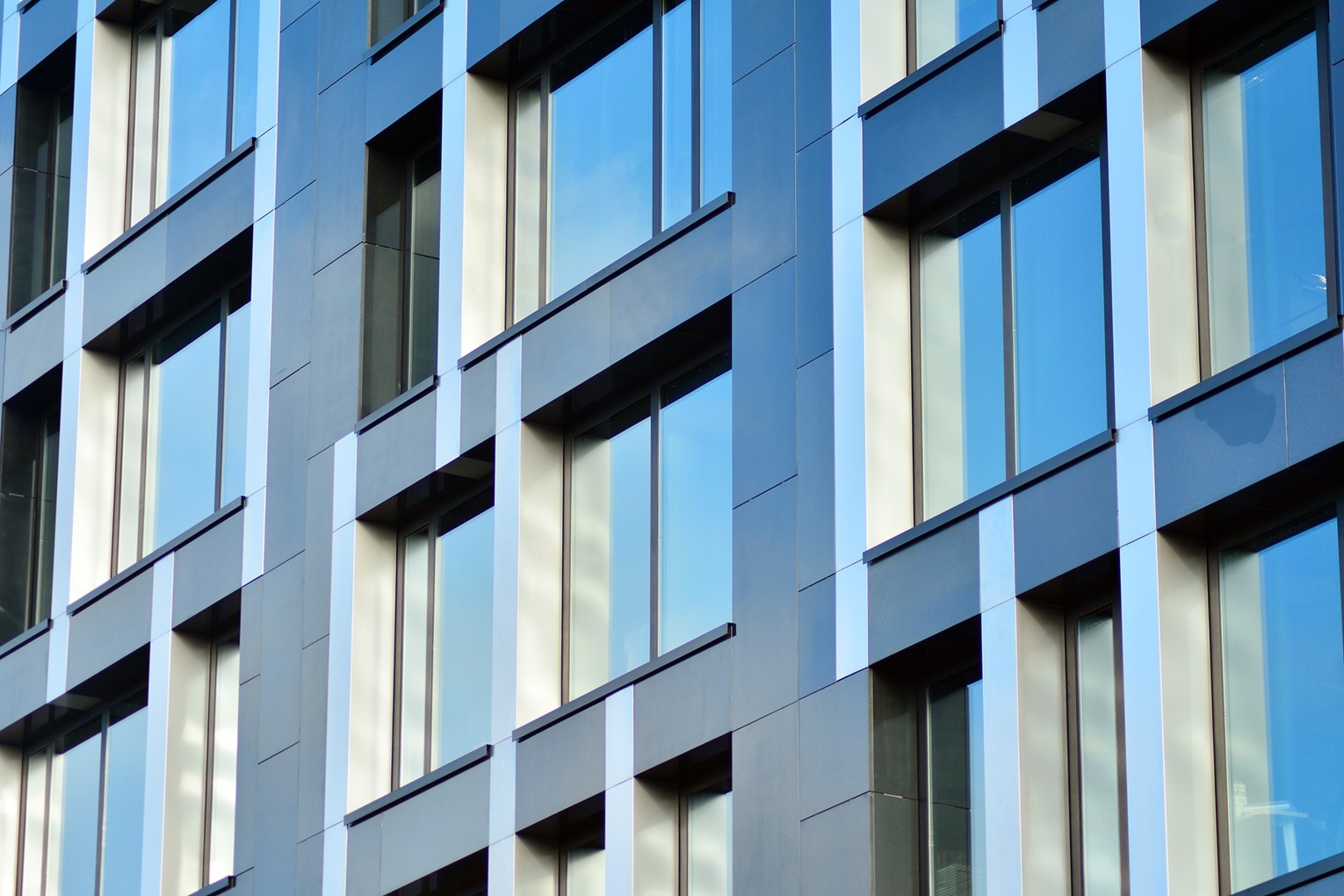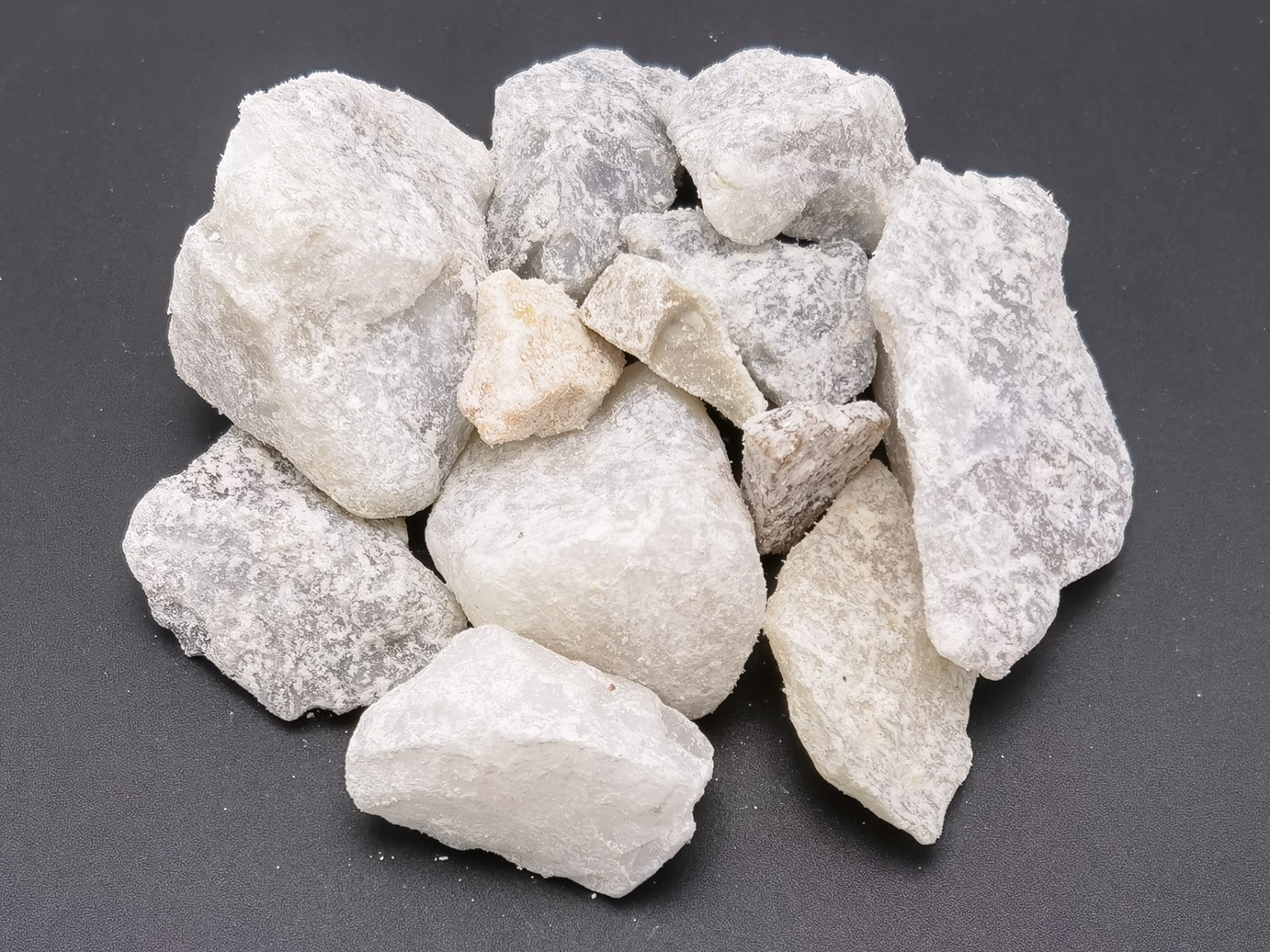Aluminum Composite Panel
Aluminum Composite Panel
In the world of innovative construction and architectural materials, the global aluminum composite panels market is significantly growing. The benefits of aluminum composite panels (ACP) such as enhanced ease of installation, low weight, heightened durability, elegant appearance, variety of colors, resistance to chemicals, moisture, corrosion and ultraviolet (UV) rays put them in demand in a variety of sectors.
ACPs can be easily found on exterior or in interior of various buildings around the world including office buildings, warehouse, multi-family residential, hotels, restaurants, car dealerships, gas stations, schools, retail shopping complexes and recreation centers.
ACP is a three-layer composite panel on which two aluminum foil sheets are bonded with a non-aluminum core. The bonding of the aluminum with non-aluminum endows the panel with excellent physical property and flexibility.
Typically, the main raw material of the non-aluminum core is polyethylene which a combustible material. The greatly increasing societal demand for fire safety has led to a corresponding enhancement of fire standards, requiring ACPs to meet different fire performance classes. As a result, adding flame retardants into the core material has become a common practice.
Magnesium Hydroxide (MDH) can be used as safe, eco-friendly flame-retardant filler with high fire performance class in ACPs. MDH begins to be decomposed into MgO and H2O at around 428℉(220°C). The combustion is hindered by releasing the water vapor into the fire, diluting the flammable gases concentration, and limiting the accessibility of oxygen to the surface of the composite. Consequently, the smoke emission and the heat release are much suppressed. Furthermore, the oxide generated during the decomposition can promote the formation of thick carbonized lavers on the polymer surface, which improves flame-retardant and heat insulation effect, and reduces droplet formation during combustion.
Unlike halogen-based and phosphate-based flame retardants, MDH has excellent properties of low smoke, no toxicity, negligible corrosion and cost efficiency. Comparing to ATH, MDH has a 212℉(100°C) higher decomposition temperature, allowing a higher processing temperature in compounding and extruding the plastic. Also, MDH adsorbs more energy than ATH during the decomposition process.
MDH endows ACPs with superior fire performance classes, promoting the use of ACPs more widely. IMC offers high-grade MDH products used for ACPs.
Recommended Products
Brucite is decomposed into magnesium oxide and water at 330℃, making it an excellent safe and environmentally friendly Flame-Retardant filler with characteristics of low smoke, no toxicity, negligible corrosion and cost efficiency.





